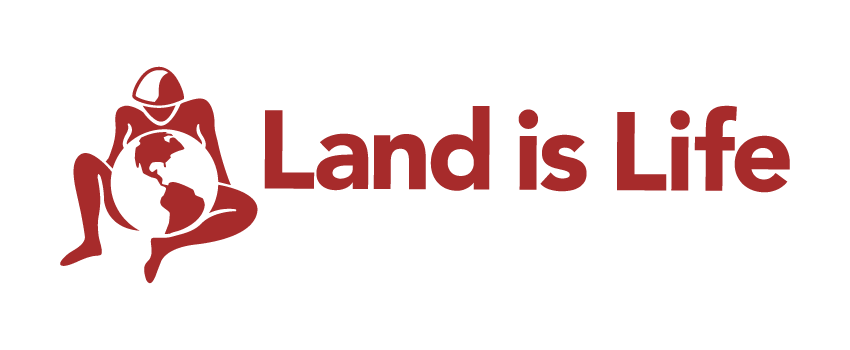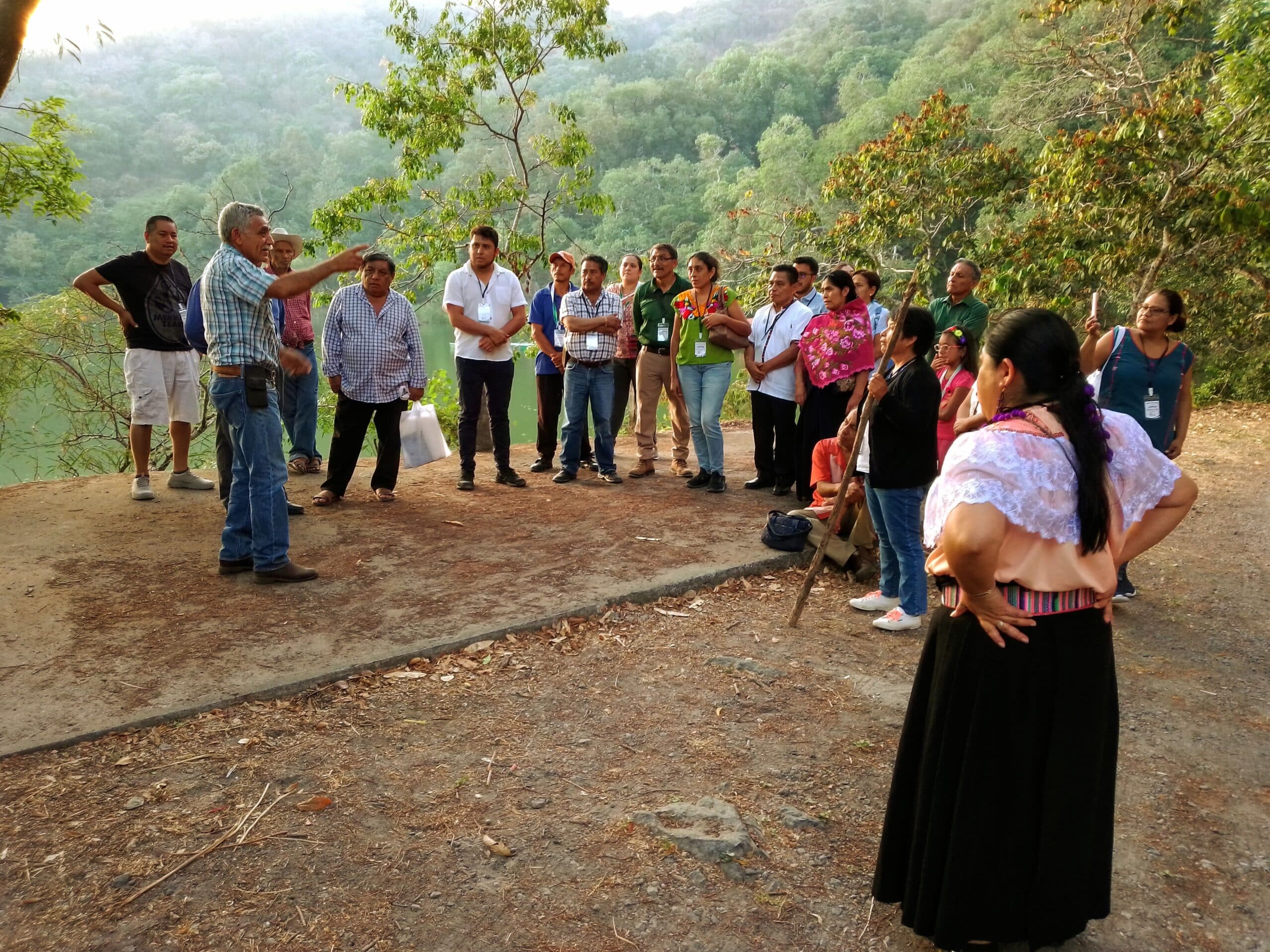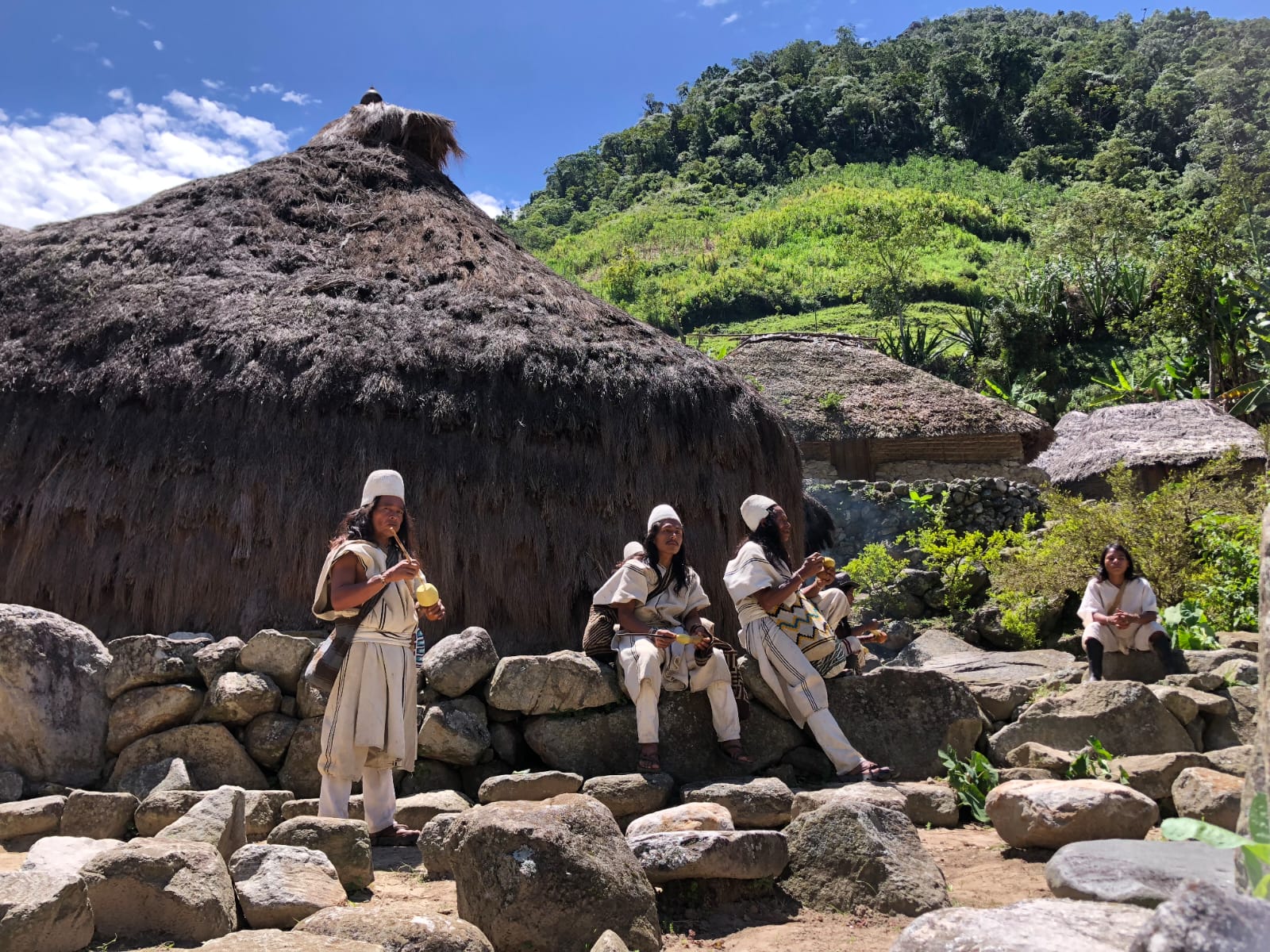Jorge Basilago*
January 15 2024
At the end of October 2023, a delegation of the A’i Cofán Indigenous People from the province of Sucumbíos, Ecuador, demonstrated in front of the country’s Constitutional Court, in Quito, the country’s capital. At almost the same time, members of the Ogiek People were protesting during the official visit to Kenya of King Charles III of England.
In both cases the Indigenous Peoples involved sought to draw attention to a phenomenon being repeated around the world: the suppression of the right of Indigenous Peoples to Consultation and Free, Prior and Informed Consent (FPIC), regarding the implementation of any project that may affect their territories and ways of life.
However, declares David Suárez, coordinator of the FPIC Program of Land is Life, “what we have at the moment is a profound contradiction between legal advances, and a political debt in their effective implementation. This is why indigenous peoples often have such sharp differences of opinion with national governments.”
Impulses for self-determination
These are not isolated incidents, but part of a necessary and ongoing process that has amplified the voice of Indigenous Peoples everywhere. The change has been advancing slowly but inexorably since June 1989, when the International Labor Organization (ILO) published its Convention No. 169 on Indigenous and Tribal Peoples. This instrument –correcting and deepening the ILO own 1957 recommendations – consolidated the push for the recognition of self-determination for indigenous communities, although without specifically mentioning the concept.
“By referring to autonomy, making one’s own decisions, and choosing one’s own development priorities, ILO 169 establishes the idea of self-determination, which is the umbrella under which all the other human rights of Indigenous Peoples are organized and have meaning,” says Suárez, who warns that a common mistake is to consider that the exercise of this guarantee is limited to large extractive and energy projects. “Consultation also has to do with the definition of education or intercultural health policies, based on prioritizing the needs of these populations.”
Over time, other multilateral organizations designed legal tools that coincided with the Convention 169 principles. The most relevant were the declarations of the United Nations declaration on the Rights of Indigenous Peoples (UN, 2007), and that of the Organization of American States (OEA, 2016). Both determine that states “will hold consultations and cooperate in good faith” with the “representative institutions” of the communities that request it, before any potentially harmful actions are implemented.
In line with these examples, the governments of several countries – especially in Latin America – sought to incorporate this right into their legal codes. For example, at the constitutional level, FPIC processes were recognized in the Constitutions of Ecuador (1998 and 2008) and Bolivia (2009), while the authorities in Peru (2011) and Panama (2016) approved specific laws.
This does not mean, however, that the situation has been resolved, far from it. “In Bolivia, for example, Prior Consultation is not binding. And as Bolivian journalist Etzhel Llanque has pointed out, “this is a major weakness, because even though a community says ‘no’, its position has no legal validity”. There are numerous similar examples in Latin America, which, while being a “vanguard” region with regard to FPIC policies, also has the highest rates of conflict in relation to them.
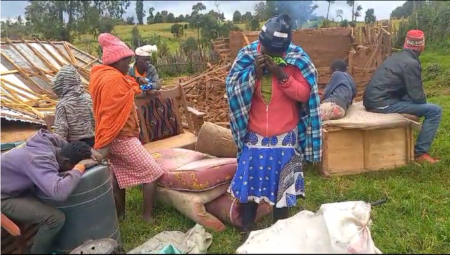
Litigate and construct in order to move forward
Just over 65% of the States that ratified ILO Convention 169 – 15 out of 23 – are Latin American. This part of the world also has a significant proportion of Indigenous populations (just over 8% of total inhabitants): peoples whose ancestral territories cover 45% of the intact forests of the Amazon basin, where deforestation is notably less prevalent. These indicators are evident even in Brazil, whose public policies on conservation and Indigenous Peoples are rarely characterized by their understanding and appreciation of the cultural aspect.
Despite their evident importance, according to the United Nations Educational, Scientific and Cultural Organization (UNESCO), only “in the minority of cases, do Indigenous Peoples and organizations participate in the governance, decision-making, and management” of these areas. And guaranteeing Indigenous Peoples the exercise of their legitimate right to decide, is something that “no country has done (…) according to the minimum standards established by the United Nations Declaration on the Rights of Indigenous Peoples,” SIRGE (the Securing Indigenous Peoples’ Rights in the Green Economy Coalition), in its Guide to FPIC.
The consequence of non-compliance is that Indigenous groups are obliged to resort to judicial processes and confrontational shows of strength in order to access the denied or disputed guarantees. In the former case we have emblematic litigations such as Saramaka vs. Suriname, where the ruling of the Inter-American Court of Human Rights (IACHR) spoke for the first time of consent, albeit in a very limited sense, with regard to projects that may irreversibly affect the way of life of an Indigenous People. Another example is the ruling of the same court in the case of Awas Tingni vs. Nicaragua, regarding the responsibility of the state in the correct delimitation of Indigenous territories.
At the same time, the elaboration of their own FPIC protocols has allowed many Latin American indigenous communities to express their priorities more clearly. Recently, this alternative – which includes examples from Argentina to Central America, passing through Bolivia, Brazil, Ecuador and Colombia – has become a regional and even global trend. For example, the above mentioned Ogiek People of Kenya, are working on this type of protocol with the support of the Sarayaku People of Ecuador.
While there may be progress in Latin America, it is essential to understand that the reality in Asia and Africa is much more challenging for Indigenous Peoples, even when judicial rulings and multilateral organizations support their territorial claims. In the case of Asia, although “two thirds” of the world’s Indigenous Peoples live on that continent, the United Nations Permanent Forum on Indigenous Issues has warned that many “are affected by the lack of recognition of their cultural identity, its exclusion and its marginalization”.
Regarding the African context, Suárez points out that there “there are authoritarian regimes or countries where the decolonization process is more recent,” a fact that makes self-organization and actions to defend rights more difficult. On that continent, not even classic concepts such as “nation” and “citizenship” – which take for granted the equality of all inhabitants before the law – are immune to dispute: in Tanzania, for example, the Maasai are not recognized as “Indigenous People”, which both complicates their demands, and leads to them being questioned for not helping to forge a new nation.
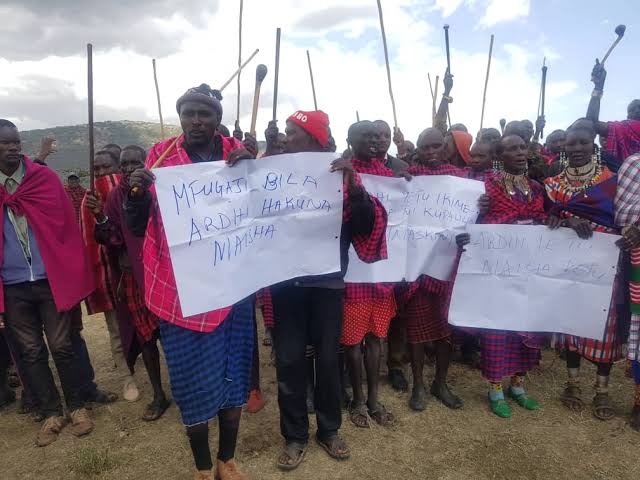
Ecuador: words and popular action
As already indicated, beginning with the Constitutions of 1998 and 2008, Ecuador consolidated its position as regional leader in the recognition of Indigenous Peoples’ right to consultation and free, prior, and informed consent. This was not a gift or official generosity: it was achieved by means of both shows of strength and long drawn out judicial processes; unfortunately, many of the latter still remain incomplete, or have been systematically undermined by political and economic authorities.
The emblematic ruling of the IAHCR in the Sarayaku vs. Ecuador case, is a clear example. The Kichwa community initiated legal action in 2003, but the ruling was only issued in 2012, and while the judgment was favorable the community, one of its main provisions, obliging the Ecuadorian state to legislate the right to FPIC through promulgation of a specific law, is still pending. For Suárez, the positive aspect is that ” it is no longer possible for an administrator of justice to claim a lack of jurisprudence on the subject, and that was achieved thanks to the tenacious struggle of the Sarayaku People on two levels: legal and territorial.”
The lawsuit also contributed to consolidating other central standards of prior consultation. Among these is the obligation for the state and the private sector to act in good faith and in a culturally appropriate manner, and to respect the guarantee of use of indigenous languages during any process. The latter is crucial, given that lack of recognition invalidates intercultural dialogue, which allows all members of a community to access real knowledge about a project requiring their consent. Consultations consequently become hollow administrative processes.
Many of the recent public and collective demonstrations of discontent, such as the sit-in by the A’i Cofán community mentioned at the beginning of this text are, in fact, linked to precisely this problem. More specifically they were demands for the repeal of Executive Decree No. 754, signed by President Guillermo Lasso in May 2023, whose precise intention was to limit FPIC processes to administrative actions. The response to the protests was not positive, has included acts of repression, intimidation and militarization of communities, which is not surprising, comments Suárez, because “Any law that regulates indigenous rights must, as a fundamental principle, count on the participation of the Peoples.”
At the end of 2023, the Constitutional Court ruled decree No. 754 unconstitutional due to its form. And although the decree will remain partially valid, it cannot now be applied in cases related to Indigenous communities until the National Assembly “issues a law that regulates the exercise of the right to environmental consultation.”
This is obviously a victory, but, once again, it is partial. A fundamental obstacle, one already mentioned above, is the gap between the Judiciary – which in certain current cases takes the side of the Indigenous Peoples – and an Executive that intends, as far as possible, to ignore or avoid rulings contrary to its interests.
The reasons for the divergence between these two branches of the state are as obvious as they are seductive: money and power, concentrated in few hands, that are derived from the exploitation of natural resources. And, it is worth pointing out, many of the countries that register acute territorial conflicts also have high rates of structural poverty. In addition, as the areas occupied by native communities frequently coincide with enormous subsoil wealth, it is easy for national governments to install the false notion that it is conscious minorities, in their fight for environmental conservation, that “hinder general development.” On other occasions, power struggles within the government are to blame, mutating as they often do, into de facto alliances that favor of business interests and against the recognition of rights.
In both these scenarios, Indigenous Peoples see their territorial rights postponed, as well as their prospects of reaching a favorable and definitive solutions. Although the possible lines of action are clear, the insurmountable obstacle has been the complete absence of political will to implement them.
Providing proof are two books, one published by the Economic Commission for Latin America and the Caribbean (ECLAC) in 2014, and the other by Land is Life in 2020. In the first case, the Commission called, unsuccessfully, for “a harmonization of the different national regulatory frameworks in the shortest possible time”, and for “prioritizing the application of the pro homine principle of international law”, in addition to strengthening “the judicial systems in each country, aiming to eradicate any type of racist conception and practice in the application of justice.”
In the second, Suárez notes that similar concepts had been assumed at the community level but had not been effectively implemented by state authorities. “The realities of the people and their decision-making systems are far from those of the state and capitalist society. The optimal solution, is that alternative systems be defined. (…) the only legitimate way to achieve adequate and satisfactory regulations related to fundamental rights, is the development of regulations by the indigenous peoples themselves.”
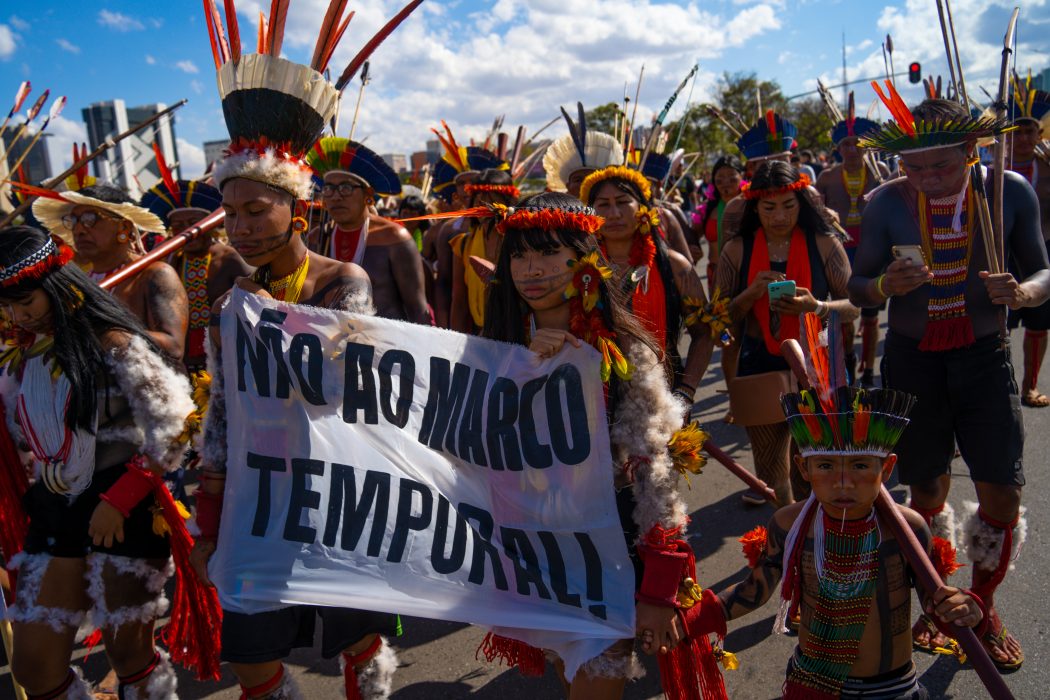
The urgent need to solve existing problems
So far, the victories of Indigenous Peoples in their demand for the right to consultation and prior, free and informed consent, have been as resounding as they are sporadic. Consolidating the continuity of these successes is urgent, but it depends on settling a numer of accounts pending, in several well-defined areas. Firstly, it involves ensuring that states and governments clearly recognize consent as the substantive and fundamental right in the self-determination of indigenous peoples.
But the state role does not end there. According to a guide published by the Colombian office of the United Nations High Commissioner for Human Rights (Acnudh), it includes many other elements: including gender and generation perspective; starting from the life plan of the respective Indigenous People as a framework for dialogue and agreement; and strengthening social responsibility and the corporate-social pact. “The state, as guarantor of rights, is also responsible for ensuring that private companies respect the rights of indigenous peoples,” the document emphasizes.
The preservation of the cultural and territorial integrity of Indigenous communities is another official responsibility whose compliance has been sporadic at best. Not only due to the advance of projects and settlements that affect these territories and their inhabitants, but also because of the government’s difficulty in managing their growing complexities: “The challenge is not only to think about those situations where traditional territoriality is diminished, but also about what we do, today, with Indigenous presence in urban spaces, or with the intercultural city in the Amazon,” Suárez warns.
Other dimensions that require immediate attention are the incorporation of consent into the programs of multilateral organizations, and greater transparency in consultations with Indigenous Peoples in relation to so-called “green financing.” In the first case, while, as indicated, the World Bank, the Asian Development Bank, ADB, and the Inter America Development Bank, IDB, have instituted FPIC regulations, their implementation has not been constant or decisive.
Putting these measures into practice will never be easy. It is often more tempting to give in to the economic interests that put pressure on indigenous territories, or to mere inaction that allows a mandate to end without rocking the boat. But it it is worth keeping in mind that this too has a high cost: i.e. socio-economic conflict. As Suárez points out: “Conflict will continue to increase, unless we find a path that allows the full participation of indigenous peoples.”
* Jorge Basilago is a journalist and freelance, writer, born in Argentina and residing in Quito, Ecuador. Sonce 1995, her has worked as a collaborator and correspondent for both print and digital media in Latin America
